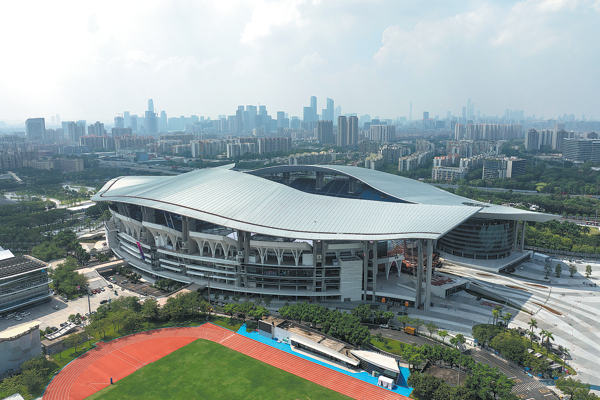Academic refuge


To take refuge during the war, people from important Chinese institutions such as the Central Research Institute and preparation department of the Central Museum in Nanjing, Jiangsu province, which was the seat of the Kuomintang government, and other institutions of higher learning like the National Tongji University in Shanghai, stayed in Lizhuang from 1940 to 1946.
Three thousand boxes of porcelain and pottery wares made during the reign of Emperors Kangxi and Qianlong in the Qing Dynasty (1644-1911) were transported to Lizhuang from the Central Museum and kept in the town for six years.
After their campus in Shanghai was destroyed by Japanese warplanes, the teachers and students of the National Tongji University passed nine Chinese provinces and Vietnam, traveling more than 11,000 kilometers before settling down in Lizhuang, which was not on the Japanese military map, in 1940, thanks to the help of Qian Zining, a graduate of the university who was the boss of a papermaking factory in Yibin.
On the wall of a showroom at the university's medical college in Lizhuang is a photo of three female students. The caption reads that they later became pillars of their motherland. The visitors may think of the wartime odyssey and how loved ones worried about them.
























